Academic Studies in SIT
Create Sustainable Buildings at SIT
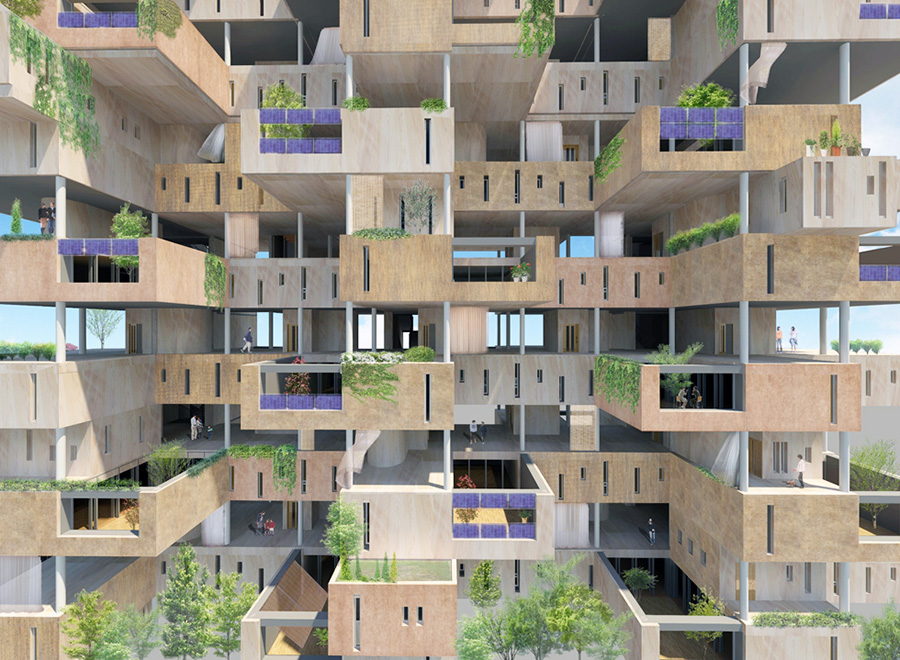
©Akahori Lab
Being an architect is akin to being an inventor, one of the best things about Architecture is that you get the opportunity to watch your designs transform into glorious works of art.
Making the decision to pursue a degree in Architecture is not an easy feat, in order to successfully earn a degree in Architecture you need diligence and dedication. More often than not, students think that in order to be able to apply for Architecture programs you need to have top of the line drawing skills, or excellent math grades.
Moreover, it’s unfortunate that most people think that Architecture is all about drawing and designing buildings. There’s more to architecture than buildings, this field transcends beyond the physical. As an architect, it’s your job to ensure that your buildings are as livable as possible. Everything counts towards your design, from the air conditioning systems, through the source of a home’s energy, all the way down to how we get rid of our waste products. Over the years, cities, architects and town planners gradually shifted their focus toward implementing environmentally friendly building practices.
Zero-Energy Building and Zero-Energy Housing
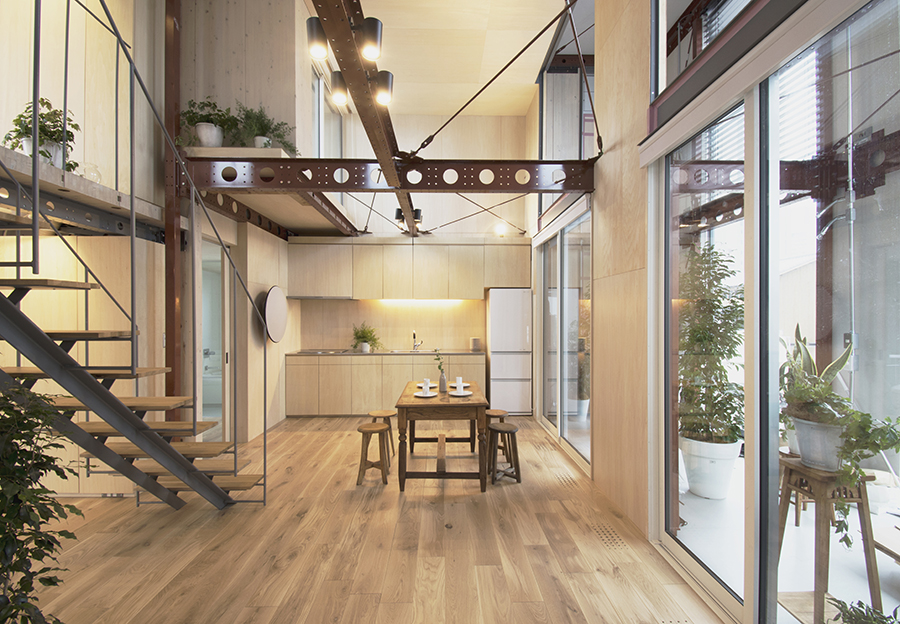
Zero-energy buildings (ZEB), also known as zero net energy (ZNE) buildings, are buildings that consume less than or equal to the amount of renewable energy produced on-site or elsewhere. ZEB buildings only consume energy that can be replenished by renewable energy. A good example is when a light bulb in a building consumes 60-watts of energy from the grid; said building must be able to return the 60-watts consumed to the power grid at other times.
There are primarily two ways for buildings to store renewable energy, it’s either they make use of electrical grids that store energy remotely or they might decide to store energy independently. More often than not, zero-energy buildings harvest energy on-site through energy producing means such as wind, solar and the likes.
Zero-Energy houses or homes are under the broad scope of Zero-energy buildings. Zero energy houses (ZEH) are very important due to a number of reasons including the fact that we spend a considerable amount of time indoors especially during colder months of the year.
Zero energy houses not only contribute to conservation efforts, but they also have considerable health benefits. During winter months, the temperature in occupied rooms within our homes tends to be different from unoccupied ones. For instance, if your living rooms temperature is a cozy 18 ℃ and that of your bedroom is considerably lower, you stand a chance of suffering from heat shock when you move from one room to the other; it can also affect your circulatory system negatively.
Zero energy homes are able to balance the ratio of energy gotten from non-renewable sources and renewable ones. After all, is said and done, the aim of zero energy buildings is to reduce the production of greenhouse gases without sacrificing the comforts associated with our homes.
Zero-energy buildings have come a long way in such a short amount of time, the development of large-scale ZEB only became possible through the progress made in construction technologies and new energy. Japan is a major contributor to ZEB and ZEH, we diligently subscribe to the idea of reducing global greenhouse gases emission. It’s in the spirit of that that we set some of the most daring ZEB milestones to achieve within the next few years.
The design of ZEBs are very important, every single component of a building needs to work together towards achieving the energy goals we set for our homes and cities. It’ll be counter-intuitive to make use of the newest and best energy saving technologies while simultaneously making use of a few high-energy consuming items.
The most important step towards the reduction of buildings energy needs usually takes place during the design process. It’ll cost much to convert a building that wasn’t designed to conserve energy to one that does, that’s part of the reasons why countries around the world are making strides towards ensuring that all new buildings are designed and built to internationally and nationally accepted conservation standards. There’s no denying the fact that zero-energy structures are the future of architecture and construction in general.
SIT’s Research into Zero-Energy Buildings and Zero-Energy Housing
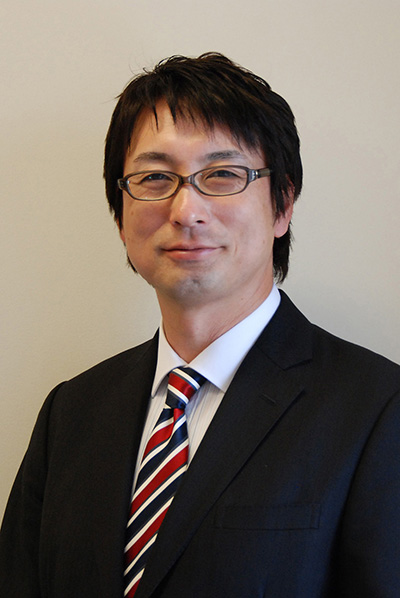
Professor Takashi Akimoto is a professor of Architecture and Civil Engineering with a specialization in Regional Environment Systems. He is one of the leading experts in environment systems in Japan; his work has gone a long way towards ensuring that our buildings are as efficient as possible.
Professor Akimoto and his team of students work to promote research on energy conservation and comfort of residents; this encompasses both residential and non-residential buildings. He and his team aim to achieve higher levels of comfort with as little energy as possible.
In September 2015, the United Nations chose seventeen (17) Sustainable Development Goals that we have to achieve within fifteen (15) years; these Global Goals serve as a call to action to solve some of the problems that plague our planet. Goal number 11 of the Sustainable Development Goals aims to achieve “sustainable cities and communities”, while Goal number 13 calls for “climate action”.
This goes to prove that the work that Professor Akimoto, his students and Shibaura Institute of Technology are doing is valid and aimed towards making the world a better place, it goes without saying that Professor Akimoto’s lab focuses on sustainable technologies.
Recently, professor Akimoto’s lab began promoting research on how different components of a building such as air conditioning, ventilation, external window blinds as well as sleep efficiency affect our wellbeing. In order to provide “smart wellness housing” also known as healthy, comfortable, and safe and secure housing we began investigating the effect of effective energy saving remodeling towards existing buildings and whether or not they contribute towards the elimination of health risks.
Zero-energy buildings are just as important to our wellbeing as external environmental factors, professor Akimoto’s research concludes that by achieving a comfortable thermal environment with less energy, it is possible to prevent accidents and lead a healthy comfortable life. Comfortable thermal environments also make it possible to increase productivity in the workplace.
In conclusion, the realization of Zero-Energy Buildings with high insulation, improved air-tightness, and high-efficiency building facilities not only contributes to the global environment through energy saving but also to economic and health aspects for residents.
Ene-mane House Competition
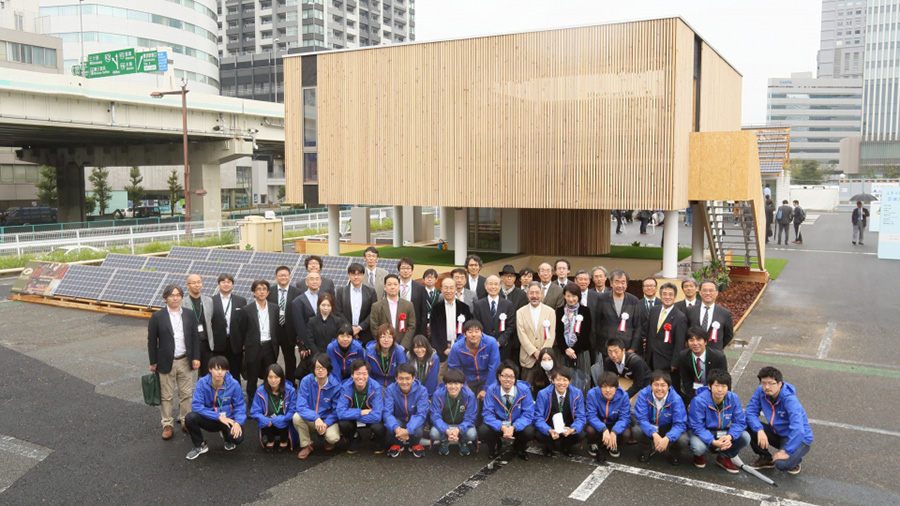
Energy Management (Ene-mane) House competition is an architectural competition that welcomes proposals on advanced technologies from universities architecture departments. This competition focuses on advanced building technologies and new and improved sustainable ways of living. The theme of Ene-mane competition is “House of 2030”.
Shibaura Institute of Technology has had quite a bit of success in this competition, winning the People’s Choice Award and an award of excellence during the 2014 competition with our “Mother’s House 2030” submission.
During the 2015 competition, a team of SIT students and faculty members led by Dr. Takashi Akimoto won the People’s Choice Award and the First Prize for our “Tsugi no sumika” submission. While working on our “The next dorm” project, five (5) faculty members and forty-seven (47) SIT students combined their diverse skill sets in structural development, designing, and simulating to plan and create our shared living space of the future.
With our 2015 submission, we aimed to reduce energy consumption by half; we installed a high-performing ventilation system that incorporated the use of wood-ALC. Cross-laminated timber panels and low-carbon wood were installed for both efficient thermal insulation and energy storage.
Both our Tsugi no sumika house and Mother house 2030 have been moved to Fukushima Prefecture, Japan, members of Professor Akimoto’s lab are currently focused on their research into new building materials and how they translate to better building efficiency.
Join SIT’s Architecture Department
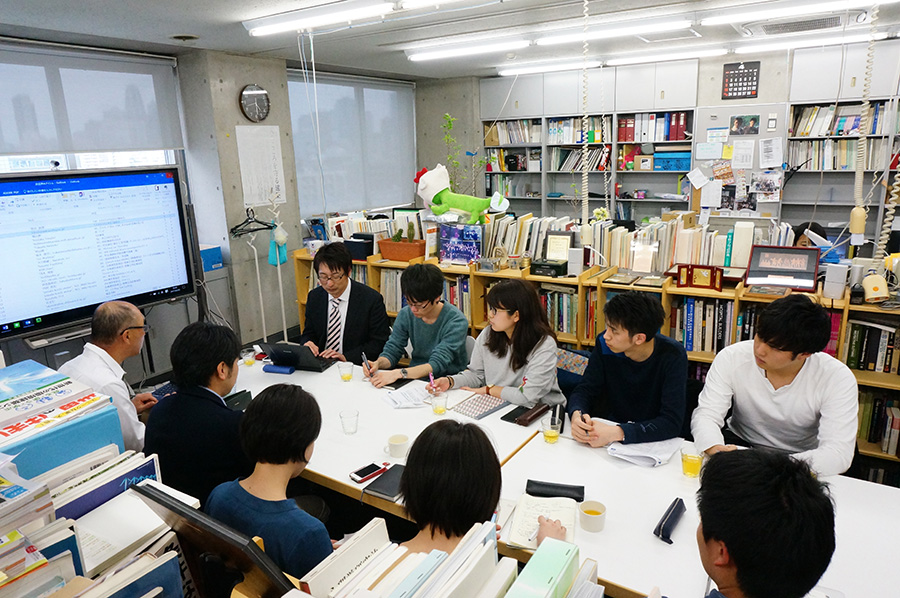
Architects are not controlled by norms, they get to unleash their creative side for the world to see and appreciate. If what you want is to be able to create from the depths of your heart, then Architecture is for you.
The Architectural researches we carry out in Shibaura Institute of Technology are aimed towards the actualization of human potential. If you decide to study architecture at SIT, you can be rest assured that your work will help achieve a better future for the world at large.
Professor Akimoto’s lab not only focuses on sustainable buildings of the future we also prioritize comfortable living spaces, but that’s also part of what makes our Architecture department stand out. Students from our Faculty of
Architecture actively participate in the design and building processes of our Zero-Energy Housing models. So why don’t you join us and building the ZEH for the future!